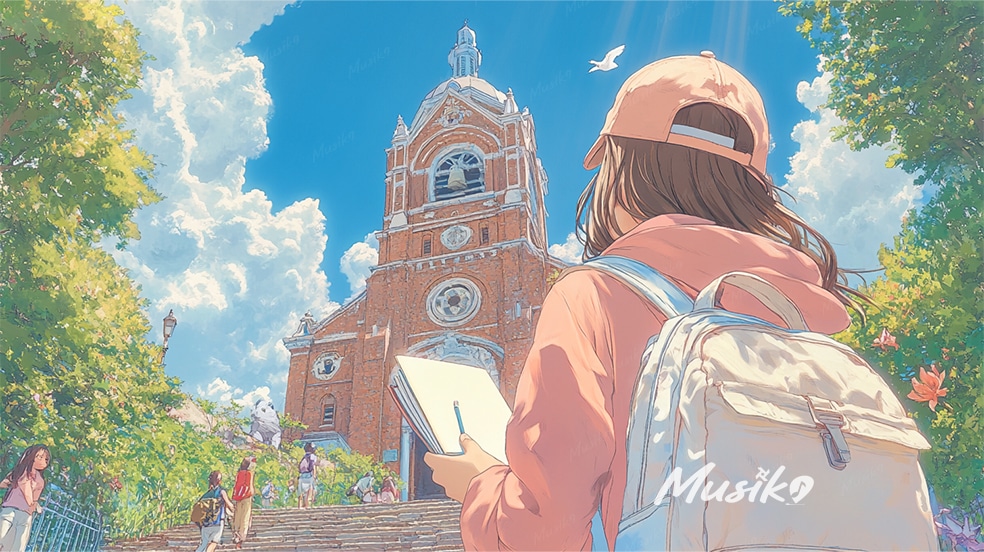🌞 Welcome to Malasiqui, Pangasinan
Nestled in the heart of Pangasinan, Malasiqui is one of the most vibrant and densely populated municipalities in the region — a fusion of rural charm and growing urban flair. As a first-class municipality, it boasts a dynamic local economy, warm-hearted people, and a culture steeped in tradition and celebration.
🏛️ History and Heritage
Malasiqui’s name is believed to be derived from the Pangasinan word “Lasiqui”, meaning “to pry” or “to dig,” which reflects the early settlers’ way of life. This town has grown from humble agricultural roots to become one of the economic hubs of Pangasinan. Strolling around town, you’ll find beautiful old Spanish-era churches, particularly the Saint Ildephonse of Toledo Parish Church, which showcases baroque architecture and centuries of devotion.
🌄 Must-See Landmarks and Tourist Spots
- Balungao Hilltop Adventure (nearby) for thrilling zipline and ATV rides
- Our Lady of Lourdes Grotto for quiet reflection
- Barangay Parks and Plazas perfect for family bonding and chill afternoons
- Malasiqui Municipal Hall — a symbol of progress and good governance
Though not as tourism-heavy as beach towns, Malasiqui is a strategic base for exploring other Pangasinan attractions like Hundred Islands, Manaoag Church, and Tondaligan Blue Beach in Dagupan.
🎉 Culture and Festivals
Malasiqui is home to the vibrant “Puto Festival”, a celebration that honors its famous native rice cake delicacy. Expect street dances, food fairs, colorful floats, and a showcase of local talent! The town also celebrates religious festivals with much pomp, particularly during Holy Week and Fiesta Season in January.
🗣️ Language and People
The locals, known as Malasiqueños, speak primarily Pangasinan, Ilocano, and Tagalog, with a good number fluent in English. Known for their hospitality and hard work, Malasiqueños take pride in their family-oriented lifestyle and strong community ties.
🍴 Food to Try
You haven’t truly been to Malasiqui unless you’ve tasted:
- Puto Calasiao (soft, sweet rice cakes)
- Tupig (grilled sticky rice treat)
- Bangus dishes from neighboring Dagupan
- Pigar-pigar (crispy beef stir-fry)
- Local kakanin sold at public markets
Pair your meal with a cool sago’t gulaman or calamansi juice from street vendors for that authentic local refreshment!
🎶 Music and Local Vibe
Malasiqui is alive with the sound of karaoke, brass bands, and church choirs. During festivals and barangay events, the beat of drums, lyres, and rondalla music fills the air, giving the town a lively, festive soul.
📌 What Malasiqui is Known For
- One of the most populous towns in the Philippines
- Gateway to Central Pangasinan’s economic growth
- Home of the famous Puto Festival
- Local delicacies and strong agricultural economy






